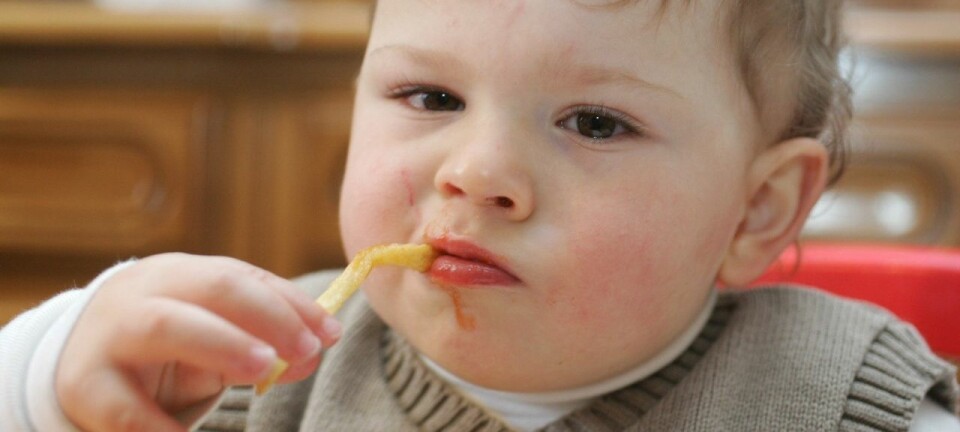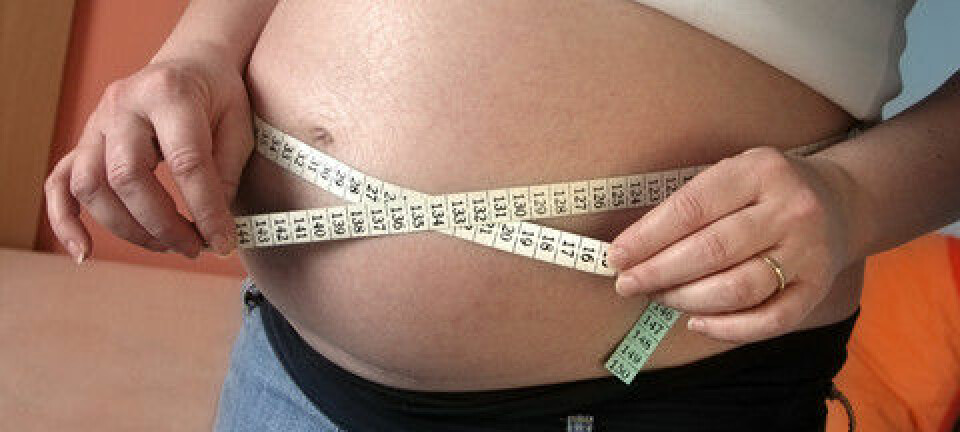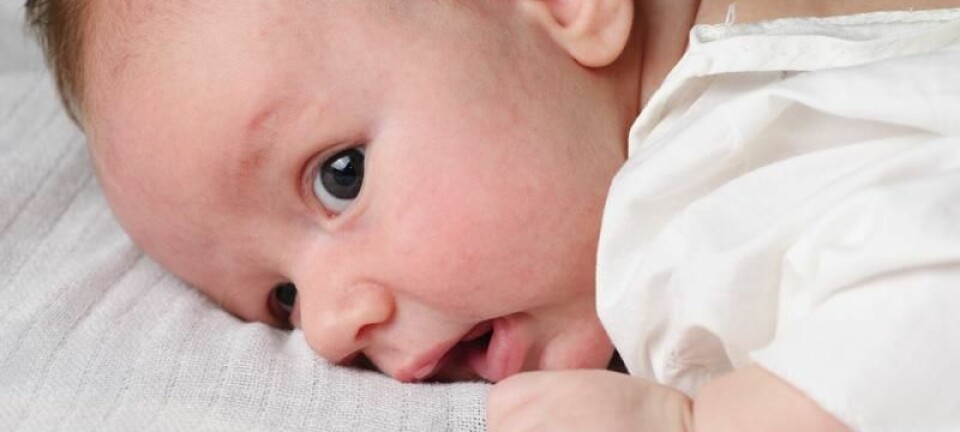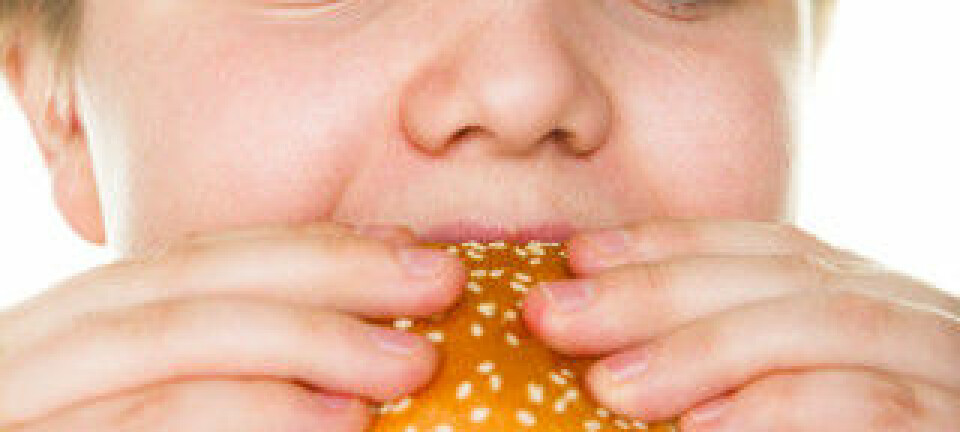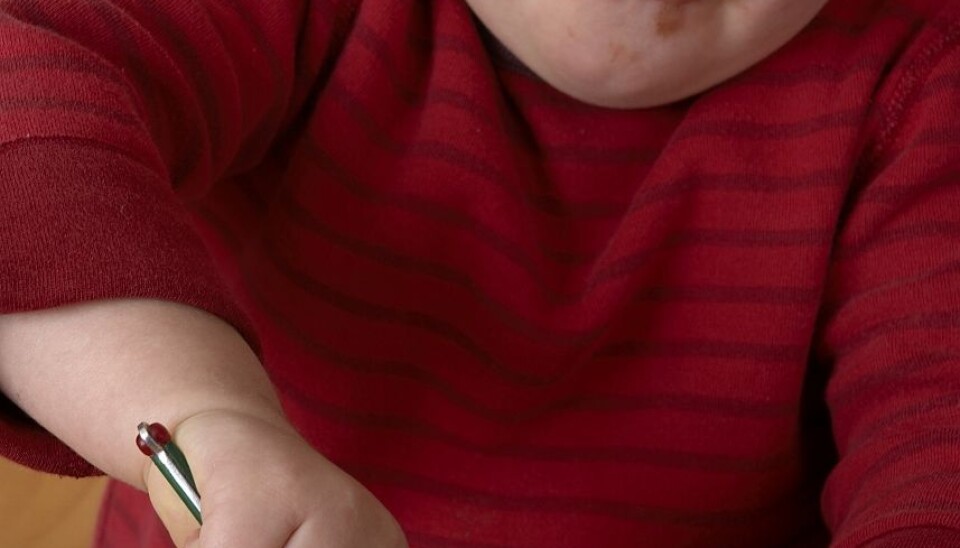
Childhood obesity gene identified
Defects on a special ’satiety gene’ may constitute a rare but important cause of early childhood obesity.
Obesity is usually associated with adults, but some become obese in early childhood.
These children often remain obese for the rest of their lives and many of them suffer from cardiovascular disease and diabetes.
”It’s important that we figure out what causes some people to become obese this early in their lives, so we can anticipate complications,” says Martin Ridderstråle, the head of the Patient Care Center at the Steno Diabetes Center, Denmark, and an adjunct professor of Endocrinology at the University of Lund, Sweden.
Gene affects our food intake
He is the co-author of a new study, which reveals that a rare defect in the MRAP2 gene – a gene that codes for a special ‘satiety protein’ – may be a cause of early childhood obesity.
”People who lack this gene are more likely to become obese in early childhood, although a healthy diet and exercise can go a long way towards preventing it,” he says.
Mice with genetic defect gained weight quicker
The researchers examined mice that either lacked or had variations in this gene. It turned out that these mice became obese at a very early age.
The mice with the genetic defect gained weight, unlike the other mice, even though they received the same amount of food.
The scientists then mapped the genes of around 1,000 obese children aged between 3 and 16, whose condition could not be explained by reference to other genetic flaws.
”This confirmed that our findings from the mice trials may also be transferrable to humans. Some of the obese children in the group carried several variants on the MRAP2 gene, and one single child lacked it altogether,” says the researcher, adding that this is just one of many genes that affect our feeling of satiety.
We inherit the genetic defect
The problem with lacking this gene is that it codes for a protein which functions as a link in the signalling pathway for our body’s feeling of satiety.
If you lack this protein, the ’satiety signal’ to the brain will be slower and less clear, eventually resulting in a greater food intake.
Surprisingly, the gene also appears to have an effect on how the body processes energy from food – i.e. how much or little it takes before we gain weight.
However, very few people actually lack this gene. Ridderstråle reckons that less than one percent of common childhood obesity is caused by this defect, but he believes there are variations with less dramatic, though more frequent, effects.
Defect boosts our energy storage capacity
The researcher says that this genetic variant may well have given our ancestors an evolutionary advantage.
In the old days, in times of food shortage, it was practical to eat more and store the energy in the form of muscles and fat. It was also an advantage that less energy was required to gain weight.
Today, this variation is primarily a disadvantage because in this part of the world there is rarely a need for this stockpiling.
Towards individualised treatment
The new findings may be useful in future efforts to fight childhood obesity by regulating the satiety signal with medication.
The findings may also prove useful in the treatment of e.g. cancer patients:
”They typically lack appetite and are weakened from their disease and the treatment,” says Ridderstråle. “Maybe we can help them to eat more and gain more weight. Cancer patients need energy in order for the medication to work and to recover from operations.”
-----------------------
Read the Danish version of this article at videnskab.dk
